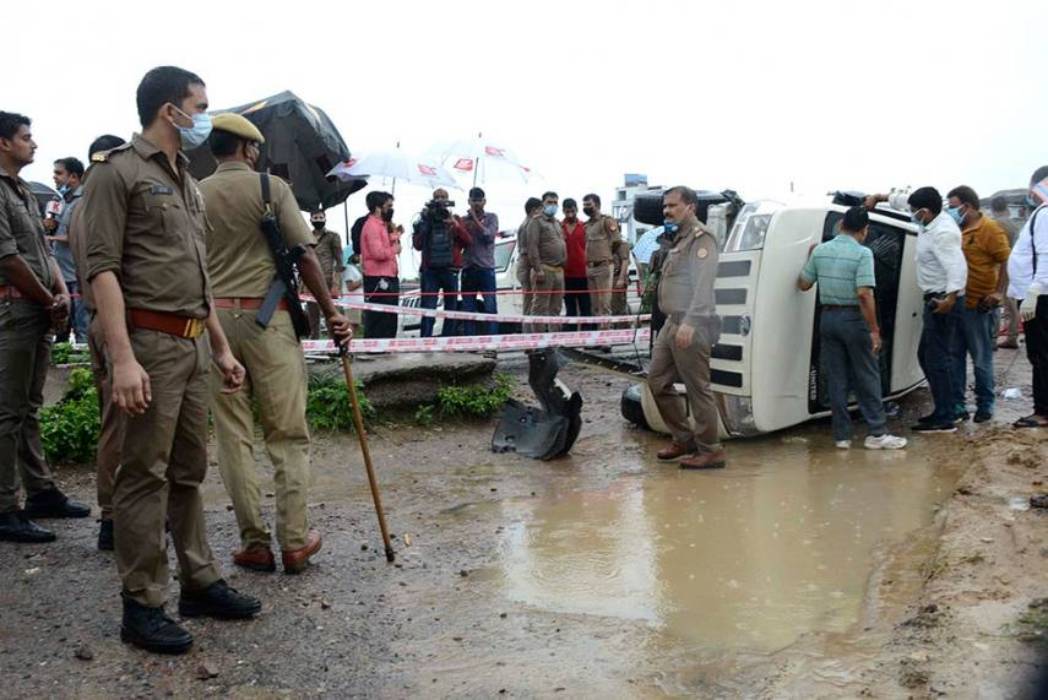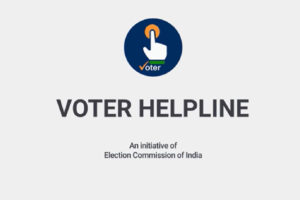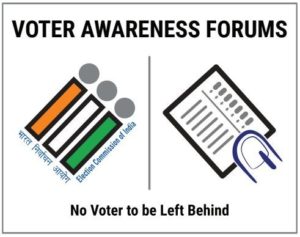Recent encounter killing of the Gangster Vikas Dubey has brought the issue of the necessary police reforms at the center of national debate once again. Police and its administration fall under the state list of the seventh schedule of the Indian constitution (Entry 2A). Having its origin in the colonial superstructure, specifically imposed by the Cornwallis code during the Company rule, it still retains the overtures of an order imposing organ of the state, with very little inclination for service to the citizens. Police in India carries an implicit negative connotation in the public psyche. It has more to do with the way the police force functions and carries out its assigned duties. In most places in India, if you plan to get your passport verification done, you will be required to pay an amount of money as under table payment (ghus) to get the passport in time. In case you lose some important documents, whose retrieval needs filing of a general diary or an FIR at a police station, then it is an almost certain resultant fact that you would be harassed like hell. The police will make you almost feel that it was your fault. The same kind of services would have a diametrically opposite approach in other countries like the USA. There the police would come to your home and take notes and will make sure that your complaint is sorted out as soon as possible. The reason for this difference lies in the colonial origin of the Indian police force. It is still under the British imposed hangover of a colonial boss force.
One of the major problems bugging the Indian police is the excess burden over the police in terms of the population it serves. As per the recommendations of the United Nations, there must be 222 policemen serving a lakh of people. In India, the sanctioned police strength per lakh of the served population is around 180-190 but the actual number serving is around 130-140. This puts a stretch over the police efficiency in terms of their operations. The nexus between the police, criminals, and other government functionaries is widely known and has been the backdrop for numerous cinematic expressions. Vohra committee of 1993 had submitted a report to undo this nexus between the politicians, criminals, and police. The then CBI director and the Director of the Intelligence Bureau had stressed the need of implementing the report’s recommendations. But as the story goes in India, the report got trashed after some little discussions by the political leaders in the parliament. That is the whole purpose of kickbacks paid by the criminals, gang leaders, drug ring overlords, to pave the way for their parallel business through the corridors of power. In this perspective, India had witnessed a unique case of the Supreme court coming to the rescue of police from the political influence. In the TP Senkumar case, the supreme court had ordered on 24th April 2017, the reinstatement of the ousted DGP of Kerala. The court had clearly stated in the judgment that the police officers can not be made scapegoats by political leaders in power. This underlines the idea of separation of power between the pillars of executive, legislative, and judiciary as envisioned by the French philosopher and judge Montesquieu and ingrained in the Indian constitution.
An important barrier to a better performing police force is the “more than necessary” intertwining of the investigating role in the police force. The Malimath committee recommended hiving off the investigation under a separate department. It also recommended setting up of separate squads to counter the organized crime syndicates on the line of the Maharashtra control of organized crime Act 1999. Though the central idea of the Malimath committee report was to realign the criminal justice system in the favour of the victims of the crime rather than the criminals as has been the case traditionally in India, the report had important recommendations to improve the police force on an overall basis. In 2006, the supreme court of India had given seven directives to improve the functioning of the police in India. Some important recommendations were the setting up of state security commission & a national security commission, setting up a minimum tenure for the state DGP and the most crucial was the recommendation for setting up of the Police Complaints Authority where the public can file their grievances.
The health of the police officials at the lower and subordinate levels is another point of worry for the Indian police force. Many other committees on police reforms had been instituted in India to reform the police force like Gore committee on police training(1971), Padmanabhaia committee on police reforms (2000), Ribeiro committee 1998 (set up after the filing of PIL in 1995 by the DGP of UP Police Prakash Singh), Group of minsters on national security 2000. None of these were taken seriously enough. The recommendations ended up staying on the papers only.
A landmark committee report was submitted under the stewardship of a former chief justice of India in 2006. Soli Sorabjee committee report presented the Draft Police act which comprised of comprehensive recommendations for the improvement of the police force. It included facets like the modernization of the police force in terms of weapons and training, up-gradation of the social skills of the police personnel so that the police get rebranded as people’s friends in the public psyche. Had the recommendations been implemented they could have taken the Indian police to another level. There is a saying that if one needs to know the number of committees formed in India, the answer would itself need to set up a different committee altogether. Hence, the numerous suggestions and recommendations by the umpteen number of committees have mostly landed nowhere in terms of functional and operational implementation.
Thus, the performance of Indian police remains abysmally low when compared to the police forces of other countries, and cases like fake or staged encounters become part of a common well-known narrative of the Indian Police.





